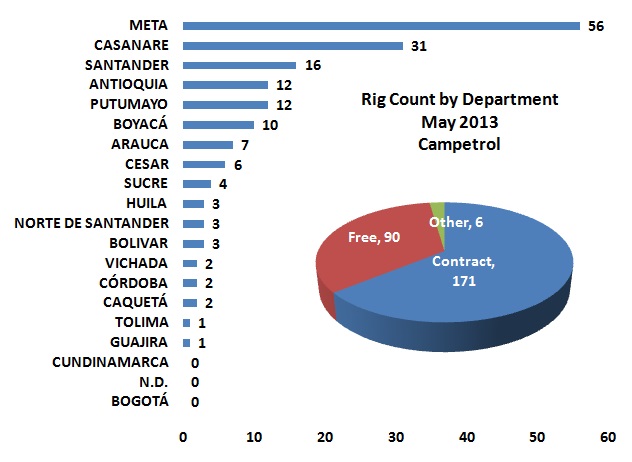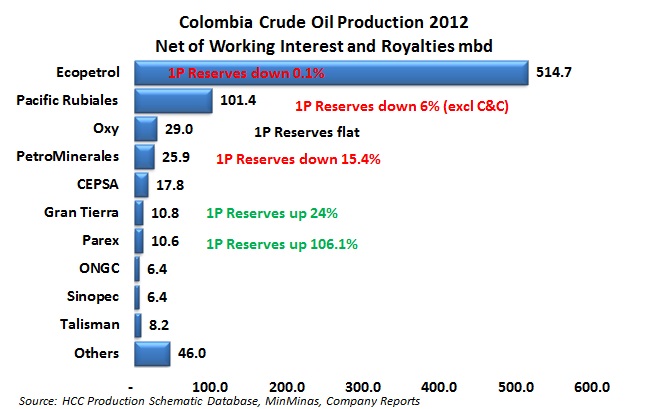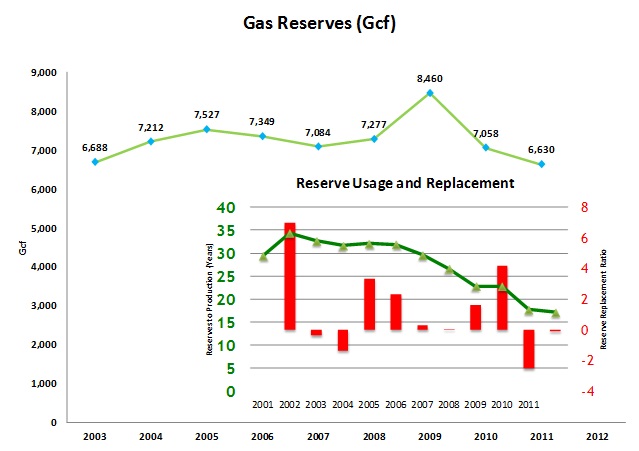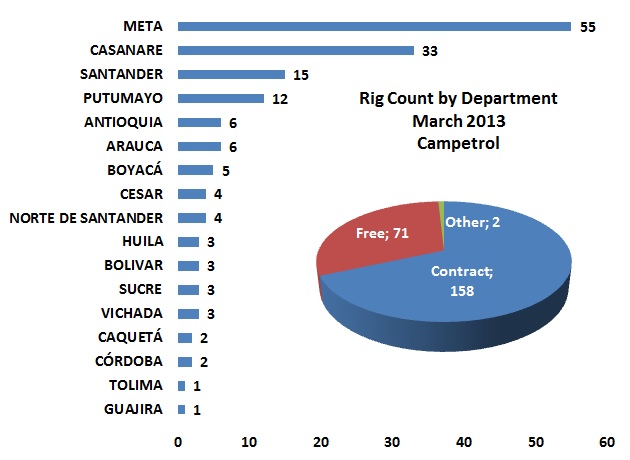The Tabasco Oil company, which is majority owned by the investment group of Mexican billionaire Carlos Slim, Grupo Carso, says it has discovered oil in an exploration block in northeastern Colombia. However, difficult community relations may limit their ability to fully exploit the opportunity.
Officials charged with managing Colombia’s sea commerce and resources met with oil companies performing offshore exploration to discuss regulations surrounding the activities.

Drill rig counts have become controversial with Baker Hughes showing recent declines — suggesting something was not right — and the Ministry of Mines and Energy taking offense at the implied criticism. Campetrol’s counts are based on its members’ reports and, to the extent that they represent the universe of drilling companies, should be more representative.
Canacol Energy says it has started drilling an exploration well as part of its Oso Pardo I expedition project carried out jointly with ConocoPhillips.
Presidents of the community action boards of Tauramena and Villanueva, two villages that fall within the influence area of the “Llanos 32-34 and 3D Max” seismic exploration program, attended a meeting with the companies to define agreements surrounding social investment, wage, transport and monitoring.

The country’s reserve report for 2012 has been much anticipated because prior signals were not very positive. Government officials publicly worried about reserve-production ratios as did the Colombian Petroleum Association (ACP). The three of the largest companies (Ecopetrol, Pacific Rubiales, Petrominerales) did not have good years for oil exploration in Colombia. We think ‘Small Oil’ made up the difference. Overall, this is good news but our commentary points out that there is still much to do. From a MinMinas press release, translated and with commentary by Hydrocarbons Colombia

Santiago Angel Urdinola, VP of Mining, Oil and Energy, of national business persons association ANDI gave a speech where he suggested that the country might experience shortages and rationing by 2019. This got Naturgas – the association that represents natural gas distributors, transporters and producers – upset and they issued this press release. Translated and with commentary by Hydrocarbons Colombia.

Service company association Campetrol’s rig counts are up between this survey which is just labeled ‘March, 2013’ and the last figures which were labeled ‘February 13th, 2013’. There are three more under contract and 1 more ‘Free’. That is a positive sign although we are coming into the first half ‘winter’ season when drill rig movements slow down considerably.
France’s EFE news agency interviewed Oscar Villadiego, board chairman of the Regional Association of Oil, Gas and Biofuels Industry in Latin America and the Caribbean (ARPEL). Villadiego said that Latin America and the Caribbean form a region “full of opportunities” to produce hydrocarbons, adding that “more space should be given to new technologies to better and more dynamically develop these resources.”
Yesterday we published a calculation that the country needed something like 350 exploratory wells to have a good chance at reserves remaining flat with production at 1Mbd. This number is 2.7 times the record number of exploratory wells achieved last year. It was not an opinion, it was a calculation based on recent statistical evidence. Now today the National Hydrocarbons Agency (ANH) announces it is lowering – not raising – its expectations for exploratory drilling, for this year and next. From the ANH website, translated and with commentary by Hydrocarbons Colombia.